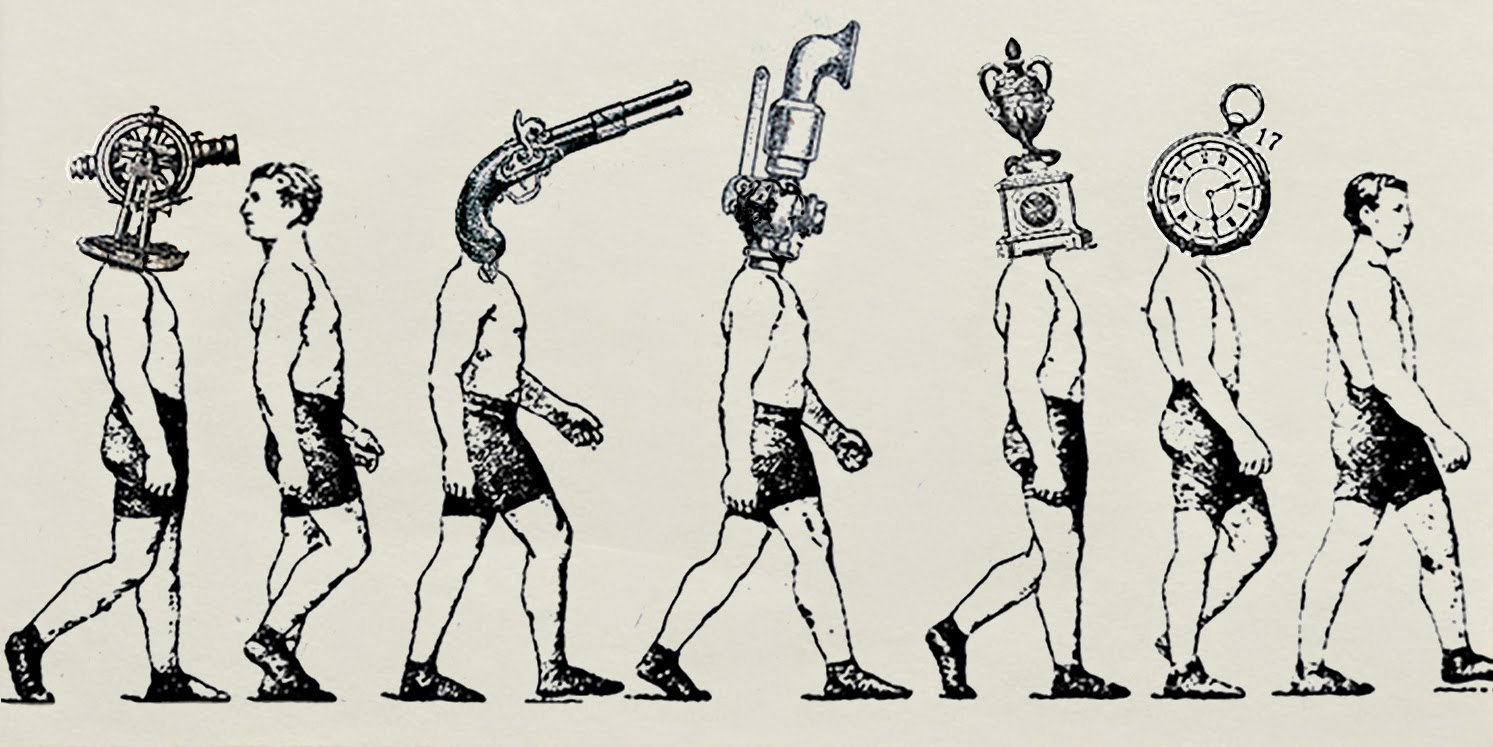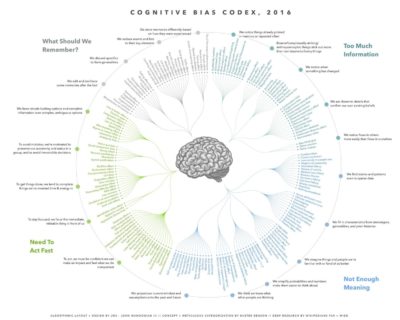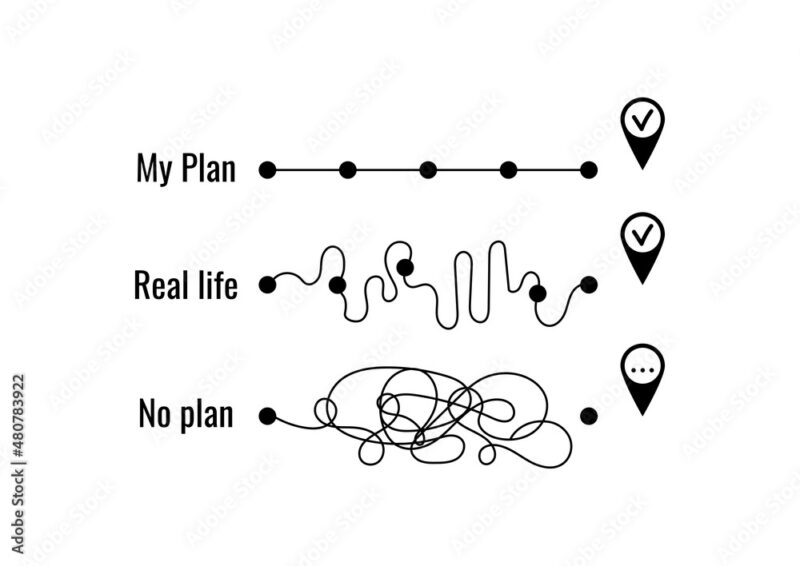How to navigate cognitive bias
We are all cognitively biased. And, if you fail to see this, you are suffering blind-spot bias. While we would all love to view ourselves as implicitly rational, we are often not. Cognitive bias explains much of the irrationality in how we make decisions, think and behave.
You may view yourself as somewhat immune, given your above average intelligence, but even this is an example of cognitive bias—overconfidence. People have a tendency to notice cognitive and motivational biases far more in others than themselves. Those who wish to ignore their cognitive bias are likely suffering from the ostrich effect.
Cognitive bias is the irrationality in all of us—from our leaders to the average and not so average people, and you. The best thing to do is to STEP over your confirmation bias and accept the irrationality.
Below is a outline of the cognitive biases we all face. They are worthwhile to reflect on for self-awarenes and to incorporate into more impactful behaviour change strategy (Reference: The Cognitive Bias Codex, 2016):
- We store information differently based on how they were experienced. e.g Google effect
- We reduce events and lists to their key elements. e.g. Duration neglect
- We discard specifics to form generalities. e.g. Stereotyping
- We edit and reinforce some memories after the fact. e.g. Cryptomnesia
- We favour simple-looking options and complete information over complex, ambiguous options. e.g. Belief bias
- To avoid mistakes, we’re motivated to preserve our autonomy and status in a group, and to avoid irreversible decisions. e.g. Decoy effect
- To get things done, we tend to complete things we’ve invested time and energy in. e.g. IKEA effect
- To stay focused, we favor the immediate, relatable thing in front of us. e.g. Identifiable victim effect
- To act, we must be confident we can make an impact and feel what we do is important. e.g. Overconfidence effect
- We project our current mindset and assumptions onto the past and future. e.g. Moral luck
- We think we know what other people are thinking. e.g. Zero-sum bias
- We simplify numbers and probabilities to make them easier to think about. e.g. Mental accounting
- We imagine things and people we’re familiar with or fond of as better. e.g. Halo effect
- We fill in characteristics from stereotypes, generalities and prior histories. e.g. Bandwagon effect
- We find stories and patterns even in sparse data. e.g. Clustering illusion
- We notice flaws in others more easily than flaws in ourselves. e.g. Naïve cynicism
- We are drawn to details that confirm our own existing beliefs. e.g. Confirmation bias
- We notice when something has changed. e.g. Anchoring
- Bizarre, funny, visually striking, anthropomorphic things stick out more than non-bizarr, funny etc things. e.g. Bizarreness effect
- We notice things already primed in memory or repeated often. e.g. Base rate fallacy
Cognitive bias explains a great deal about why we, our leaders, customers and others sometimes do the irrational and even seemingly stupid.
With a road map under your belt to help spot and even plan for cognitive bias, in conjunction with your rational, creative and ever learning and iterating strategic frameworks, progress is likely inevitable.
Or is it?
Likely there is a bias waiting to push you in the wrong direction.
Thank you for reading.
Access the Cognitive Bias Codex 2016 here!
Interesting articles etc
Outsmart Your Own Biases (HBR)
Cognitive Biases v.s. Common Sense
The Cognitive Bias President Trump understands better than you





